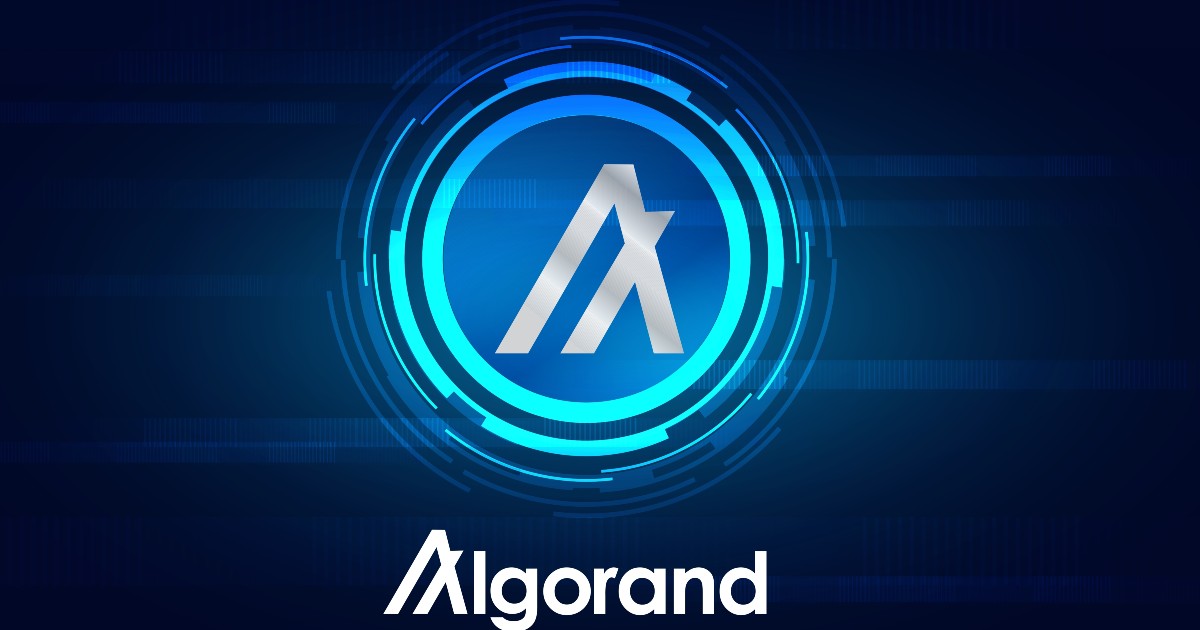
Learn the key strategies for leveraging chatbots in virtual assistance, from setting goals to designing intuitive interfaces and continuously enhancing their performance.
Businesses and individuals are continually looking for novel methods to improve customer service, optimize operations and provide individualized experiences in today’s digital world.
Chatbots, a potent tool for virtual support, allow for effective and automated user interactions. This article will explain how chatbots may revolutionize organizations’ interactions with their customers and streamline internal operations by providing virtual support.
Understanding chatbots: The foundation of virtual assistance
It’s crucial to understand the principles of chatbots before delving into their practical applications. Conversational agents that use artificial intelligence (AI) to replicate human-like discussions are called chatbots.
To comprehend user inputs and produce suitable responses, they make use of machine learning techniques and natural language processing (NLP). Businesses can meet client expectations by utilizing chatbots to offer immediate responses, 24/7 accessibility and tailored interactions.
Types of chatbots used for virtual assistance
There are several types of chatbots commonly used for virtual assistance. These chatbots are designed to interact with users, provide information and assist with various tasks. Here are some of the most common types:
Rule-based chatbots
These bots adhere to a predetermined set of instructions and answers. They frequently employ “if-then” logic to interpret user input and deliver the proper programmed answers. Rule-based chatbots are comparatively easy to use and are effective at responding to precise, organized requests.
Retrieval-based chatbots
Chatbots that rely on retrieval use predefined responses that are kept in a database. After examining the user’s input, they search the database for the most pertinent response. These chatbots frequently combine machine learning methods with NLP to comprehend user inquiries and provide relevant answers.
Generative chatbots
Chatbots that can generate responses on their own are more sophisticated and can do so by interpreting the input. To produce reactions that resemble those of humans, they employ methods like deep learning and sequence-to-sequence models. Generative chatbots are capable of handling open-ended, more sophisticated conversations.
AI-powered chatbots
AI-powered chatbots use a variety of methods, including NLP, machine learning and artificial intelligence, to deliver thoughtful and individualized responses. They are able to comprehend and decipher customer inquiries, pick up knowledge from user interactions, and gradually improve their responses. These chatbots are frequently employed in applications for virtual assistants and customer service.
Transactional chatbots
Transactional chatbots are created to speed up transactions and carry out particular jobs, such as making reservations, restaurant orders and hotel bookings. To manage these transactions and give users a seamless experience, they integrate with various systems and services.
Voice assistants
Voice assistants are chatbots that respond to voice commands and employ speech recognition and natural language processing to communicate with users. Examples include Google Assistant, Apple’s Siri and Amazon’s Alexa. Smart speakers, cellphones and other voice-enabled gadgets frequently contain these chatbots.
Five key steps to effectively utilize chatbots for virtual assistance
Here are five key steps to effectively utilize chatbots for virtual assistance:
- Define goals and user needs: Clearly identify the objectives for the chatbot implementation and understand the specific needs of your target audience.
- Design intuitive conversation flow: Create a user-friendly conversational interface that guides users through interactive and natural conversations.
- Train with quality data: Ensure the chatbot is trained with accurate and up-to-date data using machine learning and NLP techniques.
- Provide personalized experiences: Tailor responses and recommendations based on user preferences and past interactions to create a personalized virtual assistance experience.
- Continuously improve and iterate: Monitor performance, collect feedback and make necessary refinements to enhance the chatbot’s effectiveness over time.
Applications of chatbots
Utilizing chatbots to improve customer support
One of the primary applications of chatbots is customer support. Businesses can provide immediate assistance to clients by integrating chatbots into websites, messaging apps or voice interfaces.
Chatbots can respond quickly and accurately to routine topics and commonly requested ones, freeing up human agents to concentrate on more difficult questions. Additionally, chatbots can use customer information and previous encounters to provide proactive help and customized recommendations.
Streamlining lead generation and sales
Chatbots have the potential to significantly improve lead generation and sales processes. Chatbots may qualify leads, acquire pertinent data and make product suggestions based on user preferences by engaging users in tailored discussions.
They can even assist in completing transactions, simplifying the buying process. Chatbots can also save user information, such as email addresses, for later marketing campaigns and nurturing leads.
Related: 7 potential use cases of chatbots in banking
Chatbots for internal workflow optimization
Chatbots can be used to automate internal procedures and interactions with external customers. They can help workers manage their schedules, access data from databases and provide on-demand training or support resources, among other things.
Chatbots enable employees to concentrate on more strategic and value-added activities by automating repetitive chores, which increases productivity and efficiency inside firms.
Related: 5 ways AI is helping to improve customer service in e-commerce
Constant improvement and learning
Continuous learning and improvement are vital for ensuring chatbots provide the best support possible. The replies and accuracy of chatbots can be improved over time by training them on historical data and user interactions.
Businesses may identify areas for development and make the required modifications by tracking chatbot performance through analytics and user feedback. Regularly updating chatbots with new information and keeping up with evolving user needs ensures they remain effective and up-to-date.
Chatbots vs. virtual assistants: What’s the difference?
Chatbots are conversational agents that use predefined rules or AI algorithms to interact with users and provide automated responses. Virtual assistants, on the other hand, are advanced chatbots that leverage AI and machine learning to perform tasks, offer personalized assistance and integrate with various systems and services.

While they may lack the advanced capabilities and personalized experiences of virtual assistants, chatbots still play a significant role in enhancing customer service, improving efficiency and offering quick and convenient assistance. As technology advances, chatbots continue to evolve, becoming more intelligent and versatile in their applications.
Collect this article as an NFT to preserve this moment in history and show your support for independent journalism in the crypto space.

You can get bonuses upto $100 FREE BONUS when you:
💰 Install these recommended apps:
💲 SocialGood - 100% Crypto Back on Everyday Shopping
💲 xPortal - The DeFi For The Next Billion
💲 CryptoTab Browser - Lightweight, fast, and ready to mine!
💰 Register on these recommended exchanges:
🟡 Binance🟡 Bitfinex🟡 Bitmart🟡 Bittrex🟡 Bitget
🟡 CoinEx🟡 Crypto.com🟡 Gate.io🟡 Huobi🟡 Kucoin.



















Comments